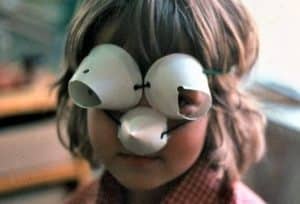 Most people are familiar with the “three Rs” in elementary education. Reading, writing, and arithmetic are accepted as basic skills that increase in difficulty from preschool to elementary and secondary school.
Most people are familiar with the “three Rs” in elementary education. Reading, writing, and arithmetic are accepted as basic skills that increase in difficulty from preschool to elementary and secondary school.
The Fourth R is art. The word art is associated with visual arts, music, creative writing, theater, and dance. If time and attention to art is marginalized by the educational system, an important avenue to creative thinking is bypassed.
Creative thinking is the basic distinctive characteristic of all forms of art. The freedom to think and act creatively is a hallmark of our society, and is rewarded in many other pursuits – math, science, engineering, medicine, social sciences, etc. However, for adults who don’t think of themselves as being creative, it can be difficult for them to coach children to be creative.
When I was teaching art to middle-school students using the traditional methods I was taught in college, I noticed I was the only person in the classroom who was growing more creative – my students not so much. After Montessori training, the Method gave me permission and a structure to teach young people how important it is to use their own ideas when making visual art. I translated the design concepts that I had taught college students into sensorial lessons that were understood by young people. This gave them a clear definition of what they were trying to do and how to do it creatively.
My next task as a Montessorian is to teach children to draw realistically, because that’s the skill they tend to think makes a person an artist.
